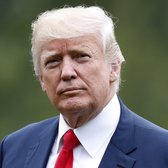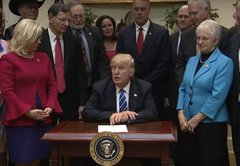Enact a temporary ban on new regulations
Donald Trump
"We're going to cancel every needless job-killing regulation and put a moratorium on new regulations until our economy gets back on its feet."
Trump-O-Meter

Compromise

